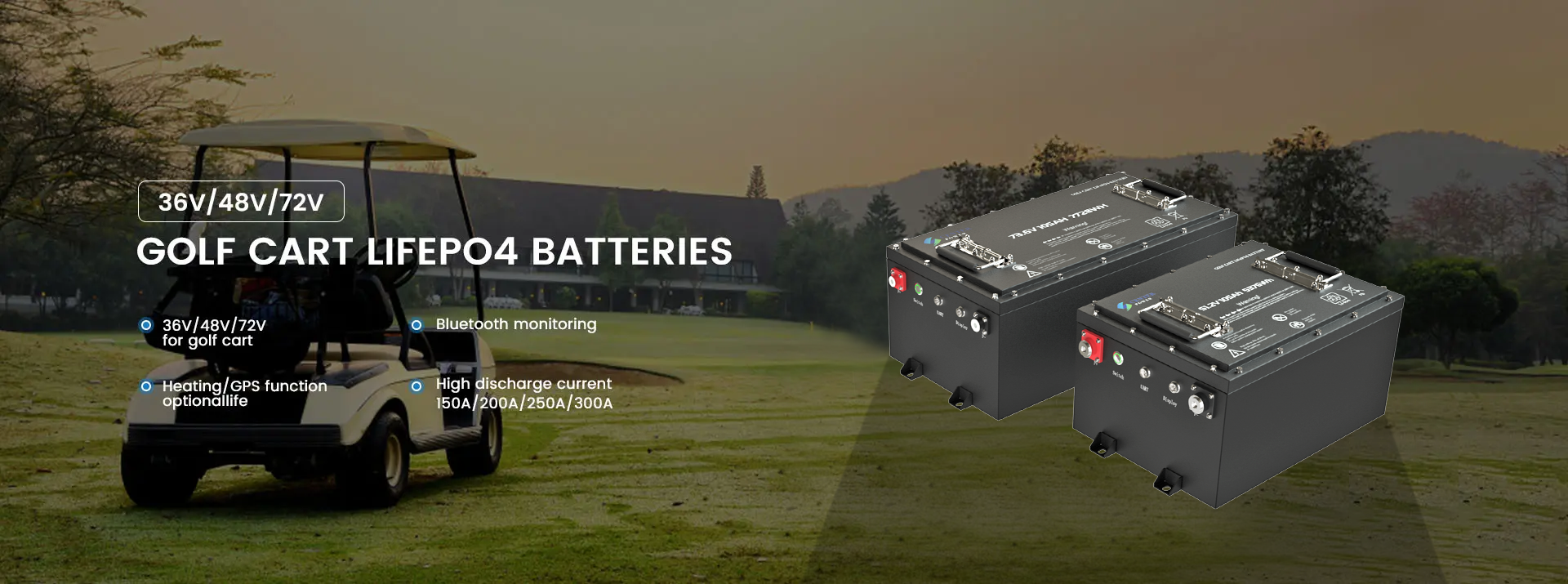
you can connect two batteries together on a forklift, but how you connect them depends on your goal:
- Series Connection (Increase Voltage)
- Connecting the positive terminal of one battery to the negative terminal of the other increases the voltage while keeping the capacity (Ah) the same.
- Example: Two 24V 300Ah batteries in series will give you 48V 300Ah.
- This is useful if your forklift requires a higher voltage system.
- Parallel Connection (Increase Capacity)
- Connecting the positive terminals together and the negative terminals together keeps the voltage the same while increasing the capacity (Ah).
- Example: Two 48V 300Ah batteries in parallel will give you 48V 600Ah.
- This is useful if you need longer runtime.
Important Considerations
- Battery Compatibility: Ensure both batteries have the same voltage, chemistry (e.g., both LiFePO4), and capacity to prevent imbalance.
- Proper Cabling: Use appropriately rated cables and connectors for safe operation.
- Battery Management System (BMS): If using LiFePO4 batteries, ensure the BMS can handle the combined system.
- Charging Compatibility: Ensure your forklift's charger matches the new configuration.
If you're upgrading a forklift battery setup, let me know the voltage and capacity details, and I can help with a more specific recommendation!
5. Multi-Shift Operations & Charging Solutions
For businesses that run forklifts in multi-shift operations, charging times and battery availability are critical for ensuring productivity. Here are some solutions:
- Lead-Acid Batteries: In multi-shift operations, rotating between batteries may be necessary to ensure continuous forklift operation. A fully charged backup battery can be swapped while another is charging.
- LiFePO4 Batteries: Since LiFePO4 batteries charge faster and allow for opportunity charging, they are ideal for multi-shift environments. In many cases, one battery can last through several shifts with only short top-off charges during breaks.
Post time: Feb-10-2025






